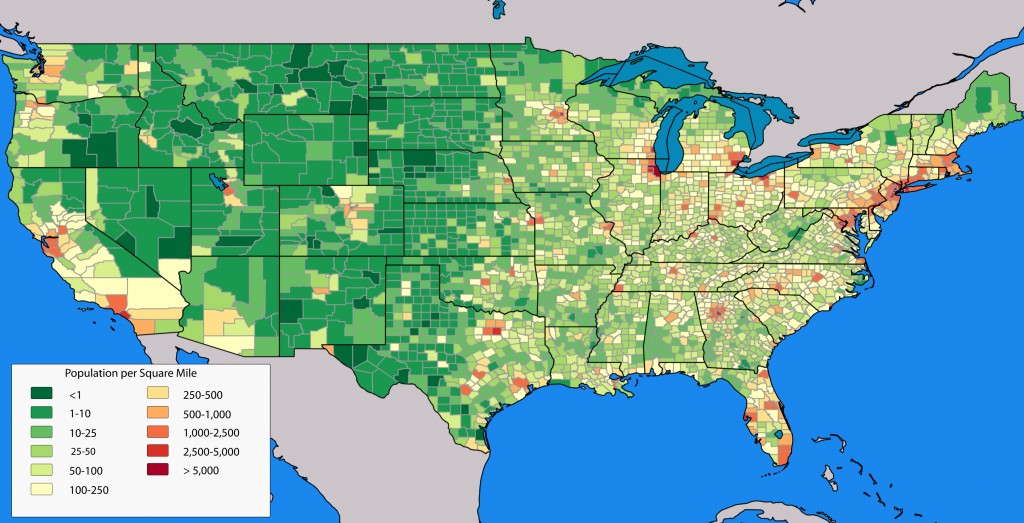Understanding population density is crucial for geographers, but simply knowing the number of people per square kilometer doesn’t tell the whole story. That’s why they delve deeper, comparing physiological density and agricultural density to gain a more nuanced understanding of human-land relationships and potential resource strains. This article explores the key reasons behind this comparison.
Defining Density Measures
Before diving into the “why,” let’s define the key terms:
- Arithmetic Density: The total population divided by the total land area. This provides a basic measure of how crowded a place is.
- Physiological Density: The total population divided by the amount of arable (farmable) land. This reveals how many people rely on each unit of farmland for sustenance.
- Agricultural Density: The number of farmers per unit of arable land. This indicates the efficiency and intensity of farming practices.
The Core Reason for Comparison: Understanding Resource Pressure
Geographers compare physiological and agricultural density primarily to assess the pressure exerted on agricultural resources. A high physiological density suggests that a large population relies on a relatively small area of farmland, potentially straining food production capacity.
By comparing this with agricultural density, geographers can glean insights into whether the region can sustainably support its population. For instance, a low agricultural density coupled with high physiological density might indicate a reliance on advanced farming techniques and technology to maximize food production. Conversely, a high agricultural density alongside a high physiological density could signal potential overfarming, land degradation, and food insecurity.
Further Insights from the Comparison
Beyond resource pressure, comparing these densities helps geographers understand:
- Economic Development: Countries with low physiological and agricultural densities often have more industrialized economies, as fewer people are directly involved in agriculture. Conversely, high densities often correlate with agrarian societies.
- Carrying Capacity: This comparison provides a more accurate picture of a region’s carrying capacity—the maximum population it can sustainably support—than arithmetic density alone.
- Urbanization Patterns: High physiological density often coincides with high levels of urbanization, as people migrate to cities seeking non-agricultural employment. This can lead to challenges in feeding urban populations and managing rural-urban migration.
Global Examples
Comparing densities across countries highlights these concepts:
- Singapore: Boasts one of the world’s highest physiological densities due to limited arable land and a large population. This necessitates significant food imports.
- Australia: Exhibits a low physiological density, reflecting abundant farmland relative to its population. This allows for significant agricultural exports.
- Egypt: Despite a moderate arithmetic density, its high physiological density, concentrated along the Nile River Valley, reveals significant pressure on limited arable land.
Conclusion: Beyond Simple Numbers
Physiological and agricultural density provide critical lenses through which geographers analyze population distribution and resource management. By comparing these measures, they move beyond simple population counts to understand the complex interplay between people, land, and food security. This nuanced perspective is essential for addressing global challenges related to sustainable development, food production, and resource allocation.
